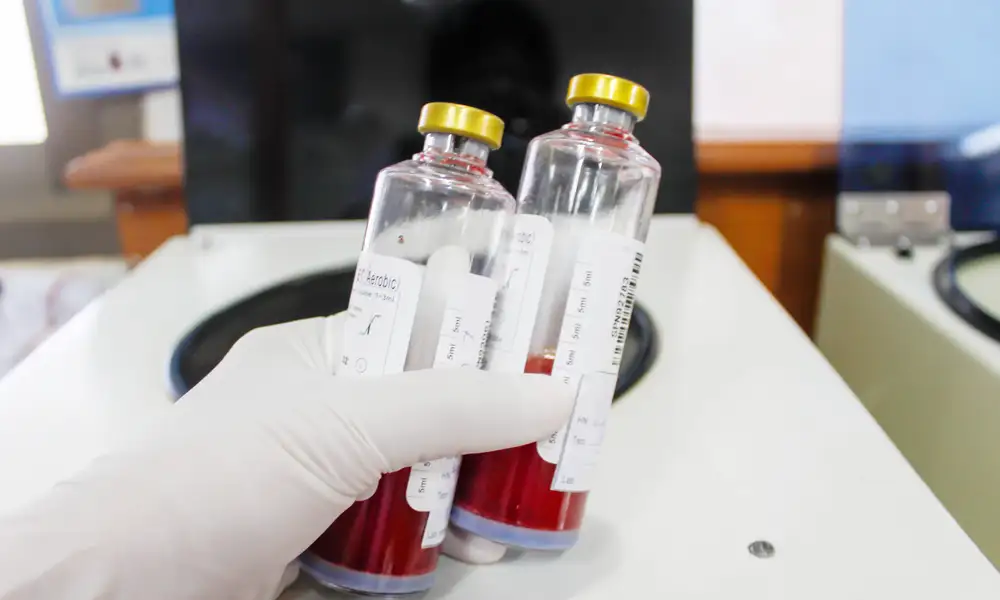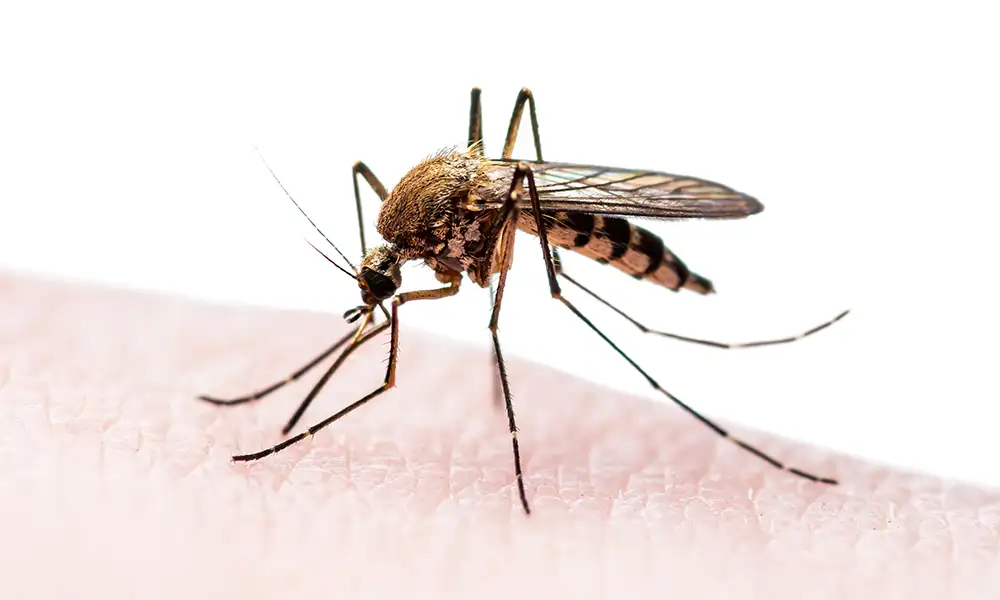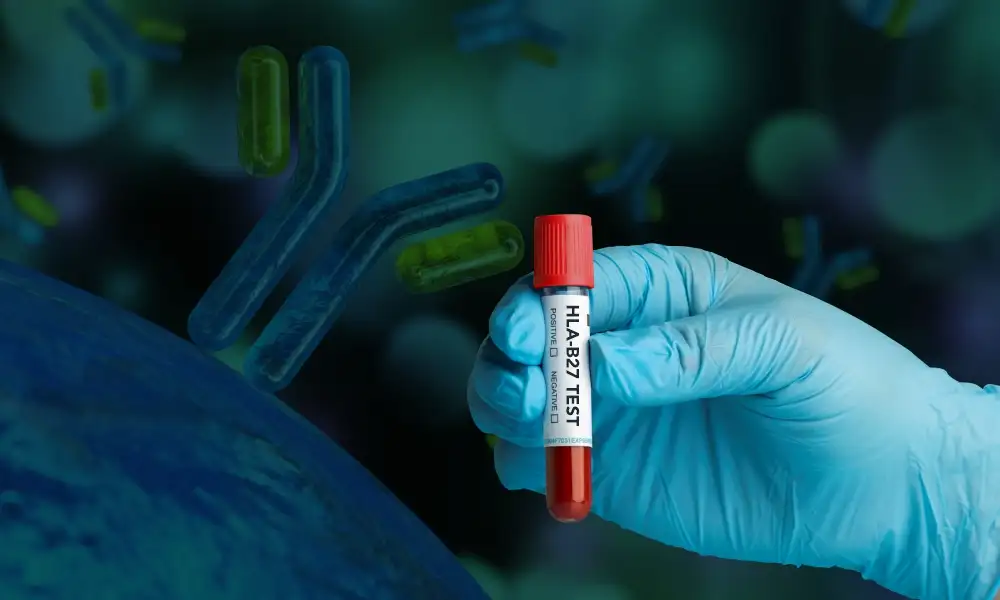Blood Culture Test, Reports & Insights
- September 26,2022
- 2 Min Read

India has the 2nd highest sepsis death rate in South Asia, i.e. 213 per 1,00,000 people in India.
Two critical factors impacting blood culture reports are:
- DISINFECTION OF SKIN PRIOR TO COLLECTION=> Aseptic precautions + chlorhexidine in 70% isopropyl alcohol (AHD3000) => minimizes contamination and false positives
- ADEQUATE VOLUME OF BLOOD => Paired blood cultures: 1 aerobic and 1 anaerobic blood or 2 aerobic culture bottles to be used => maximizes yield of pathogens
Volume of blood required: For an adult, the recommended volume of blood to be obtained per culture is 20 - 30 ml. It is ideal to send paired blood culture i.e. an aerobic and an anaerobic bottle – each having 10 - 12 ml of blood.
Studies show that detection sensitivity goes up from 73.1% with a single bottle set (20 ml) to 89.7% with 2 bottle sets (40 ml) to 98.3% with 3 bottle sets (60 ml).
Organism Profile: To understand the profile of organisms isolated in blood culture, Suburban Diagnostics performed a study on blood cultures done over a period of 6 years.
- We found that the total positivity rate is 15.1%.
- The highest proportion of positive blood cultures were for people above the age of 60 years (p<0.001).
The following is the bacteriological profile found in our study:
- 38.5% were gram positive organisms
- 61.5% were gram negative organisms
The most common gram positive bacteria isolated were:
- Staphylococcus aureus
- Enterococcus spp
Vancomycin & linezolid were the most effective against gram positive bacteria.
- Cephalosporins: >61% resistant
- Carbapenems: >60% resistant
- Aminoglycosides: 20-55% resistant
- Fluoroquinolones: 23-51% resistant
- Penicillins: 50-80% resistant
The most common gram negative bacteria isolated were:
- Salmonella spp.
- E. coli
- Klebsiella spp.
Gram negative bacteria showed the following antimicrobial resistance patterns:
- Cephalosporins: >70% resistant
- Carbapenems: >40% resistant
- Aminoglycosides: 35-40% resistant
- Fluoroquinolones: 65% resistant
It is important to note that fluoroquinolones which are the first line drugs of choice in salmonella infections were found to be ineffective in >65% of cases. This should highlight the importance of antibiotic stewardship and the need to keep a close eye on the current efficacy of our first line drugs.
The isolation of non-fermenters (Acinetobacter baumannii, Pseudomonas aeruginosa Burkholderia cepacia & Stenotrophomonas maltophilia) is also on the rise.
We found that the overall incidence of non-fermenters increased by 2.3x in the past 6 years.
Acinetobacter baumannii was the most resistant organism with >70% susceptibility to most of the antibiotics except colistin.
Increased use of colistin has also led to the rise of microbes inherently resistant to colistin like Burkholderia cepacia & Stenotrophomonas maltophila.
This increase in incidence of non-fermenters is concerning because:
- They are primarily opportunistic pathogens in hospital-acquired infections.
- They possess an intrinsic resistance to many antimicrobial agents.
We offer blood culture results as soon as possible to clinicians with preliminary identification reports issued in 24 hours to ensure rapid and accurate initiation of therapy.
BREAKPOINT MIC are included in positive reports which helps in choosing an appropriate antibiotic for the patient (the higher the breakpoint to mic ratio, the more effective the antibiotic)
For example, consider two antibiotics X & Y.
X has a MIC of 0.5 and breakpoint 2 (Breakpoint/MIC ratio = 4).
Y has a MIC of 02 and breakpoint 16 (Breakpoint/MIC ratio = 8).
In this case, Y is the more favourable drug as it has a higher Breakpoint/MIC ratio.
Want to book a test? Fill up the details & get a callback
Most Viewed
Premarital Health Screening
- 20 Min Read
Typhoid - Signs and Symptoms
- 3 Min Read
Home Isolation Guidelines - Covid-19 Care
- 5 Min Read
HLA B27 Detection: Flow Cytometry & PCR
- 1 Min Read














